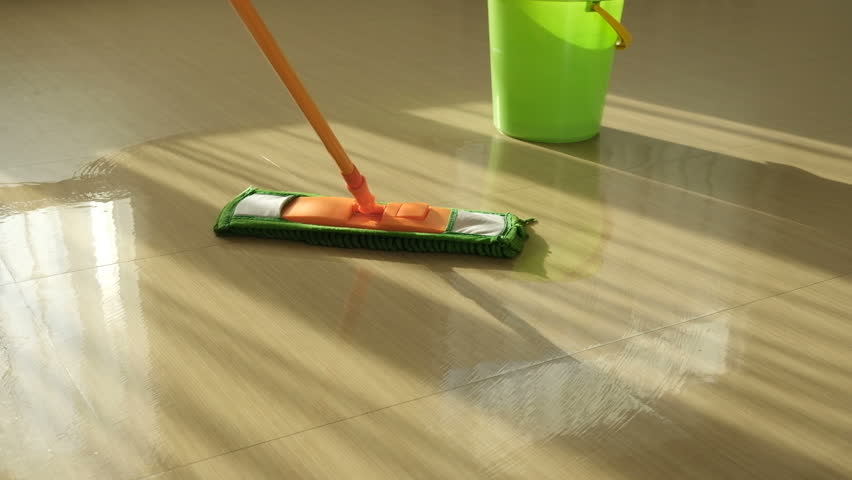SANITATION AND HYGIENE

Sanitation and hygiene are critical to health, survival and development. Many countries are challenged in providing adequate sanitation for their entire populations, leaving people at risk for water. Throughout the world, an estimated 2.4 billion people lack basic sanitation (more than 32% of the world’s population). Basic sanitation is described as having access to facilities […]
Why A Retreat To Nature Can Be So Therapeutic

Psychotherapist and philosopher Erich Fromm (1900-1980) called the longing for nature biophilia. This is people’s love for nature, for the living. The term comes from the Greek and literally means “love of life or living systems.” After Fromm’s death, the evolutionary biologist and professor at Harvard University, Edward O. Wilson, adopted this term and introduced […]
WHAT IS EARTHING?

Can getting in touch with the Earth’s electrons improve your well-being? We look at the science. The concepts are ones that we all can understand. Celebrating nature. Improving health. Getting a good night’s sleep. Strengthening the primordial bond between humans and the planet on which we live. The science of it all? Well, that’s […]
